Some people wake up in the morning and check their notifications on social media. Since I have about 92 titles out there [including several series], and since I earn a living from true crime writing, I like to stay on top of the reviews. Am I hitting the mark with readers or missing it?
Are the Jerry MaGuire moments that I experienced while writing translating in people’s minds? Are they seeing some of the insights I’m seeing, is some of the obscurity around this case beginning to clear in their minds too?
Today was a pleasant surprise. A dude called Joshua found the signal in the noise and reflected on it. We’ll get to Joshua in a moment.
For true crime to be any good it has to be accurate. If any of the facts are wrong, if small details are slightly off, the whole narrative becomes unreliable. In this respect I sincerely value feedback from readers or critics who point out material inaccuracies.
One of the strong points of my books [and CrimeRocket] is the consistent quality and accuracy of the research. One can only be on top of a case by sitting on it day in and day out, and applying one’s mind consistently. It can take a long time to unearth what’s hidden. As tough as true crime is, it becomes unnecessarily harder when conspiracies are added to the stew. They’re easy to foist away when they’re fresh. If, however, one comes to a case like the Ramsey case 20 years later, there are often so many myths and conspiracies, it can feel pretty daunting finding a tangible thread to draw on when the case is so littered with chaff and nonsense.
At this site conspiracy theories are avoided like the plague unless they’re considered serious and important enough to be debunked.
While precision needs to one of the highest priorities in true crime, what precision is not, and isn’t trying to be, is this:

The “error filled” criticism suggests that the research is at fault, when in reality, the gripe seems to be about spelling mistakes. The Discovery Documents are rife with spelling errors, and a few factual inconsistencies too. Does that mean the entire file is trash?

The above reviewer’s most useful contribution is in the color of the suitcase. He’s right. The suitcase Shan’ann traveled with to Arizona wasn’t a neon pink-orange as described in the first TWO FACE book [published in mid-September 2018], in fact it was black.
Of course, complaining about this in January, four months after the book was written [and with the benefit of the bodycam footage] is playing johnny-come-lately to this case, piggybacking on one set of data at one point in time in order to poke holes in another set, writing at another time. Not exactly fair, is it?
That said, it is worth mentioning, and it has been mentioned here several times. This issue was broached on November 25 [a week after the Discovery Documents were released] in this post:
Chris Watts moved Shan’ann’s suitcase from the bottom of the stairs to inside the master bedroom upstairs, leaving it at the doorway – why?
And again on December 4 in this post:
The Suitcase At the Bottom of the Stairs
And to some extent in this this post on December 6:
Shan’ann’s black suitcase was moved upstairs – what about the purple sleep mask?
What makes the reviewer’s point feel a tad disingenuous is the contention that the “errors” were made recklessly, rather than the fact that when the first book was written the color of the suitcase, as pointed above, was unknown.
When I described Shan’ann exiting Nickole’s vehicle in the narrative and entering the front door, I wanted as realistic an account as possible. So I went looking through Shan’ann’s social media for her suitcases and initially found this one.

Ironically, this narrative description hasn’t been trumped by actual video footage from the doorbell camera of Shan’ann arriving at the door as she was recorded arriving. So we have to visualize that until the evidence is released [if it ever is].
The point of writing the first book barely a month after the crimes was to demonstrate [and test] how much we could know and extrapolate based on publicly available knowledge, as well as observation and insight.
In the scheme of things the color of the suitcase doesn’t matter as much as the suitcase narrative matters [where it was, where it moved to subsequently, and what was removed from it without the permission of law enforcement]. The suitcase is also an important marker in that theoretically it points to Shan’ann’s movements inside the house. She’s at the door, she removed her shoes, she enters and gets to the staircase. After that there is arguably no way to track her final moments.
The reviewer also seems to take great exception to the assertion in the first book that Shan’ann was a qualified nurse. Wasn’t she? What student loans was she repaying?

The accusation that the book was published “too soon” misses the point. It was purposefully researched and written quickly and published first. This is one of the mission parameters of Rocket Science as per the TOOLBOX tab on CrimeRocket:
To deliver accurate, accessible true crime narratives quicker, better and more effectively than anyone else.
The logo of TCRS depicts a journalist riding a rocket, holding a camera in one hand, blasting the latest story into the public domain. So to accuse Rocket Science of researching and/or publishing too quickly is like accusing Coca Cola of being sweet.

As for the reviewer’s complaints about spelling, Dieter with a small letter is dieter, and like many in the news media, I took an executive decision and “corrected” the spelling. It’s true that Shan’ann and others spelled the dog’s name Dieter, but my own journalistic standards balk at the spelling. What can I say, sorry about that.
The spelling of Shan’ann’s name is a different story, but at least on this point the reviewer agrees.
The name of Thayer’s daughter was taken from audio interviews made to the news media following Watts’ arrest. Her name was not published in any news media, but was subsequently found on Thayer’s Instagram account.
The reviewer seems to care about these details, and of course they matter, but how they play into the material aspects of a triple murder are questionable. What about the big theories presented in the first book? What about the order of the crimes, the timing, the location, what about the core issues to this case?
The final point to make is about a regular accusation made by true crime critics of true crime writers. By writing a book about a case one is being “greedy”. I used to be a full-time journalist. Now I’m a full-time true crime author. I do it for a living. It’s work, it’s work I care about and I daresay harder work and longer hours for each dollar earned than most regular jobs. When folks working regular jobs receive their paychecks for work they did are they greedy too?
It’s tempting to think that the criticisms mentioned above aren’t even sincere, but rather that – for whatever reason – the reviewer simply wishes to score points. But it may be that they are sincere, which is a shame, because he completely misses the point of what these narratives are trying to do.
Far from just writing to pay the rent, I have a sense of mission about justice and true crime. And a few people do get it, like this guy.
More: Chris Watts: What Rocket Science got right – and wrong



















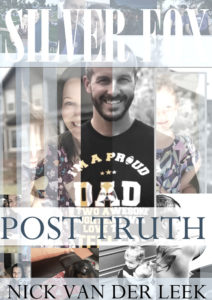
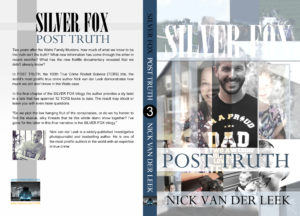

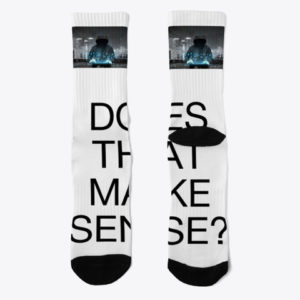
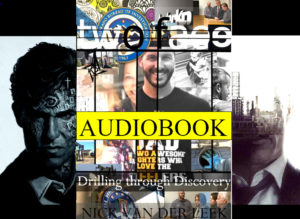


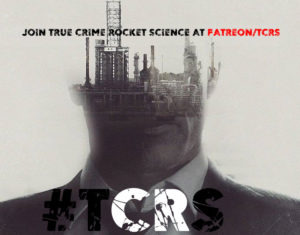
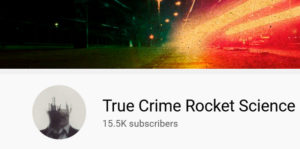
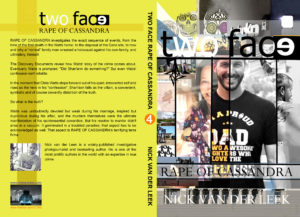
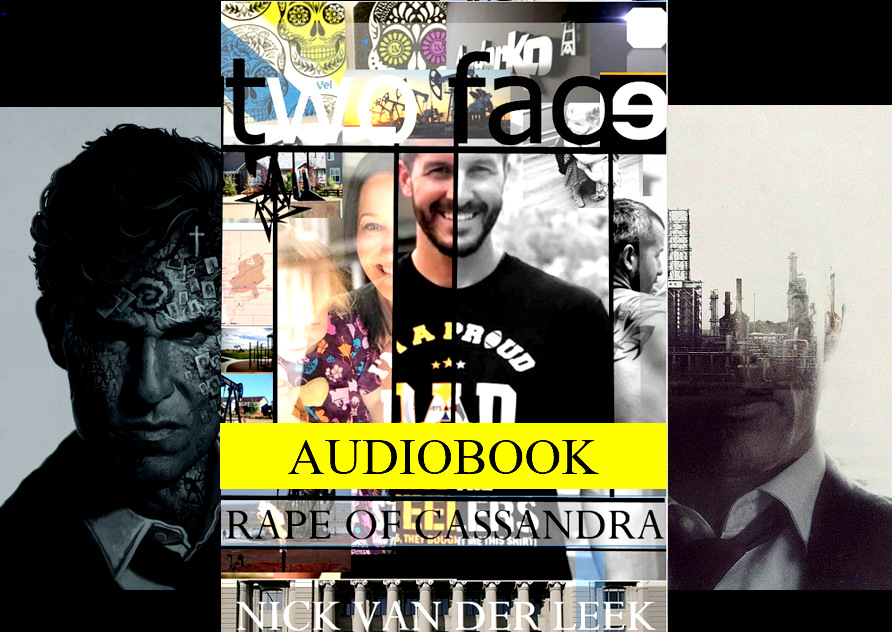
Recent Comments